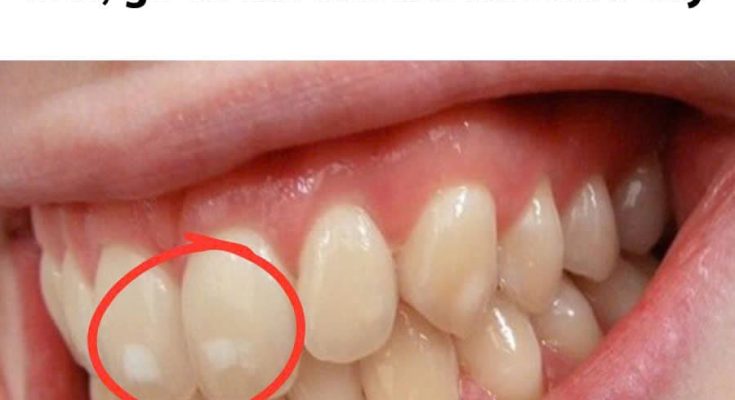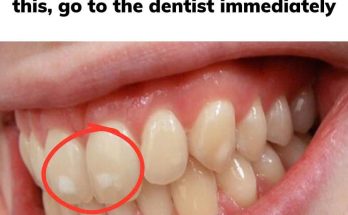Mild tooth decay often begins with unclear symptoms, but early recognition of these signs will help prevent the development of tooth decay and avoid more serious complications. Some signs of mild tooth decay that need attention include:
Sensitivity to Hot and Cold: One of the earliest indicators of tooth decay is increased sensitivity when consuming hot or cold foods and beverages. This can feel like a mild discomfort or sharp pain and is often due to the enamel weakening, exposing the underlying dentin.
Discoloration of the Tooth Surface: In the early stages, tooth decay may appear as small white spots on the enamel. Over time, these spots can turn brown or black, indicating further demineralization of the tooth structure.
Tooth Pain or Discomfort: Mild and intermittent toothaches, especially when biting or chewing, can signal the beginning stages of decay. This occurs as the decay progresses closer to the nerve endings inside the tooth.
Visible Holes or Pits: In some cases, tiny holes or pits may become visible on the tooth surface. These are early signs of cavities forming as the enamel starts to erode.
Bad Breath or Unpleasant Taste: Bacteria buildup in decaying areas of the tooth can produce an unpleasant odor or taste in the mouth, which might persist despite regular brushing. Importance of Early Detection:
Addressing mild tooth decay promptly is crucial to preserving the tooth structure. Regular dental check-ups, proper oral hygiene practices, and a balanced diet can help prevent the progression of tooth decay. If any of the above signs are noticed, consulting a dentist for early intervention can prevent the need for more invasive treatments like fillings, root canals, or extractions.
By staying proactive, individuals can maintain their oral health and avoid the pain, inconvenience, and costs associated with advanced dental issues.

